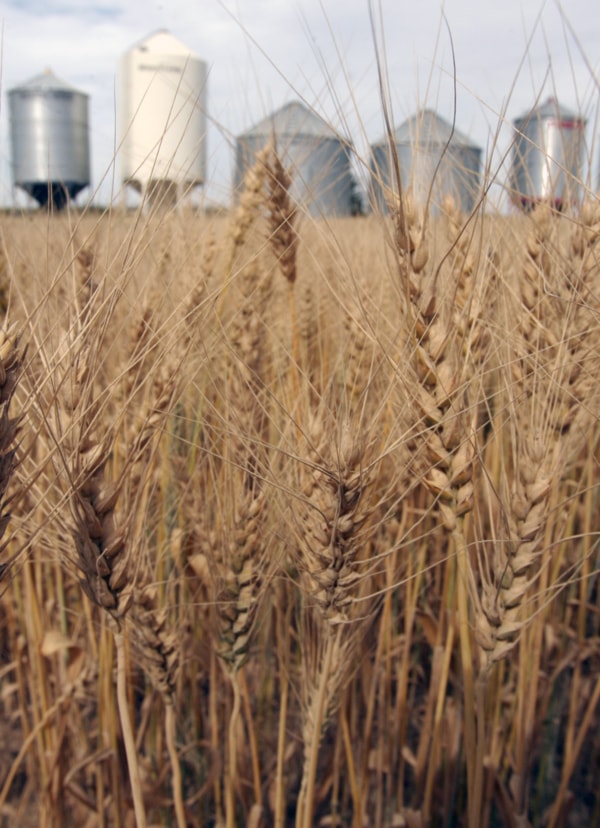Farmland continues to outperform most other assets when it comes to growth in value.
Farm Credit Canada’s latest farmland values report says the average price of Alberta farmland jumped by 5.7 per cent in the first half of 2012. That followed increases of four per cent in the second half of 2011 and 4.5 per cent during the first six months.
FCC said farmland prices in Central Alberta were positively affected by strong cattle and grain returns.
The appreciation of farmland was even more rapid elsewhere in the country, said the report, with the average national increase during the first half of 2012 hitting 8.6 per cent. That’s the biggest improvement since FCC began issuing farmland values reports in 1984.
Last year, the Canadian figure was 7.4 per cent in the second half and 6.9 per cent in the first.
Ontario had the steepest rise in farmland values, with its average jumping 16.3 per cent in the January-to-June period.
Manitoba was next at 10.3 per cent, followed by Saskatchewan at 9.1 per cent, Quebec at 6.7 per cent, Alberta at 5.7 per cent, Prince Edward Island at 3.1 per cent and Nova Scotia at 2.8 per cent. Average prices in New Brunswick and Newfoundland and Labrador were unchanged from the second half of 2011, while British Columbia was down 0.3 per cent.
“Consolidation of farms in some provinces is an ongoing trend as producers seek to increase their land base and take advantage of efficiencies,” said Michael Hoffort, FCC’s senior vice-president of portfolio and credit risk.
FCC attributed the rising values to high crop receipts and low interest rates. It noted that property going on the market in some areas is attracting multiple bids.
A month ago, Re/Max’s farm market trends report said farmland prices in Central Alberta had climbed 20 to 25 per cent over the preceding year, the result of strong ag commodity prices and the finite supply of land. It said dryland in the region was ranging in price from $2,000 to $4,500 per acre, with the average around $3,300.
Re/Max said this trend was consistent across Canada, with low interest rates and more efficient farm equipment other factors pushing demand and prices up. It added that those prices are likely to continue to rise.
“The conditions that make for a seller’s market are expected to remain in place moving forward, and the current low interest rate and high commodity price environment may still leave room for further price growth into 2013.”
